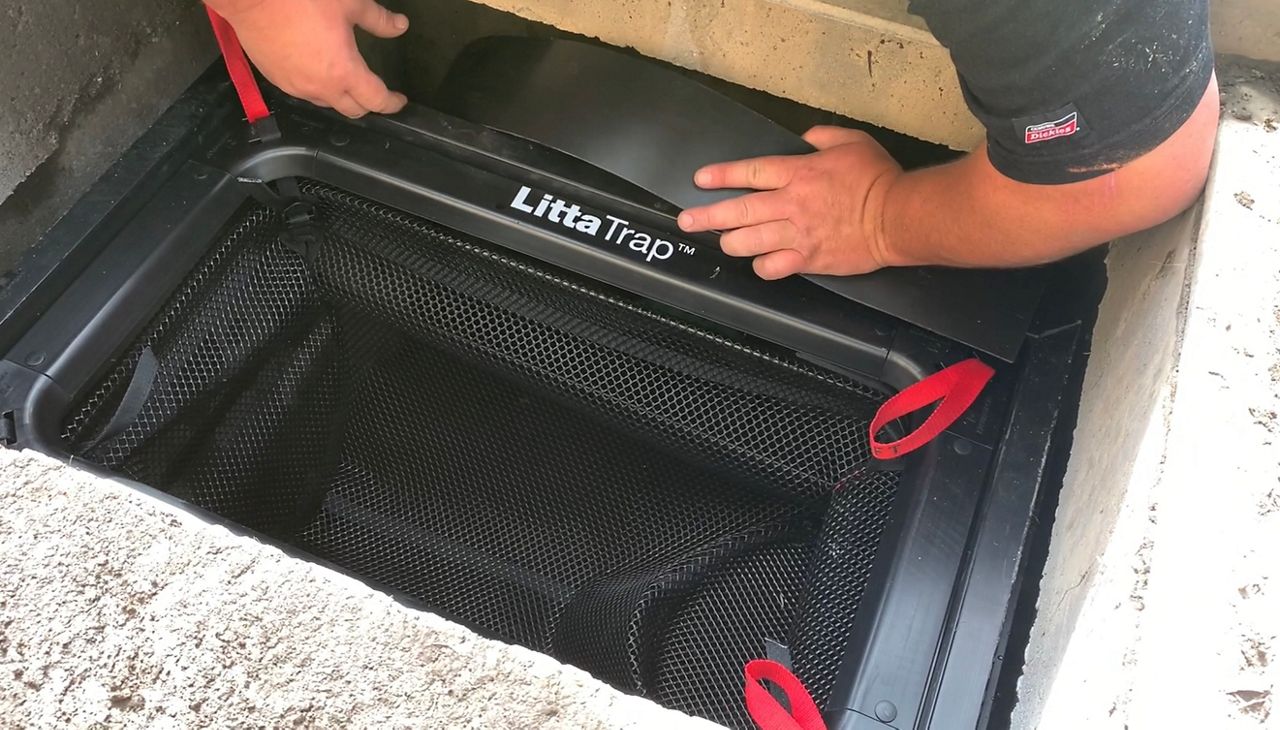Customs and Border Protection has long had a station on Wellesley Island up in the North Country, but it says that building is no longer able to provide what the agency needs and it had plans to move to nearby Fisher’s Landing.
However, opposition from locals, concerned over a Muskie spawning area, led a local agency to scoop up the land before the CPB could make its move.
“So this area is where all the new controversy is. This is Blind Bay,” local fishing guide Jeff Garnsey said.
The potential purchase of this tiny Bay in Jefferson County has caused quite the uproar.
“There is a significant population of spawning muskies. How we know that, is that we now been monitoring it since about 1990,” he added.
Garnsey owns a fishing charter based out of Clayton, not far from Blind Bay. He’s also on the board of the environmental advocacy agency, Save the River. He says very few spawning grounds for muskie exist in the region and several years ago, the VHS virus struck, eliminating 70% of its population.
“This spawning ground has once again, started to be viable and has started to have return spawners, which takes years to grow those fish large enough to get back into the breeding pool,” he added.
So not only has this area seen the return of the Muskie, a predatory fish, but in doing so, Garnsey says it’s meant the return of a balance in the entire region’s ecosystem.
“They are the apex predator. If you lose that apex predator, the entire ecosystem can collapse because everybody has a job. The food that they feed on has a job and the food that food feeds on has a job. You knock the head off that and it imbalances the ecosystem,” Garnsey said.
This is why Garnsey and so many others who live by and depend on this part of the St. Lawrence River were so concerned over plans for the Customs and Border Protection agency to build a 17,000 square foot building along the shorelines of Blind Bay.
“Normally, I wouldn’t be the guy who would weigh in on something like this because really I wouldn’t consider that I had skin in the game,” Garnsey said.
And truthfully, he says the plan to build the facility isn’t that big of a deal. However, it’s what he feared could have come as a second part of the project that had him speaking up.
“You start doing something like putting a dock in the bay in shallow water. The water recedes all through the summer. So in order to maintain a viable spot, you’re going to have to dredge. The second you start dredging, you start bringing up the sins of the past. The things that we lived with here in the 60’s and 70’s and 80’s like mercury and mirex, those dirty words that were around in the 70’s when they said you couldn’t eat our fish anymore,” he said.
The dock he says, would be necessary for the CBP to get boats in and out. The dredging, also necessary, to ensure it can. But the CBP, which maintains it had never officially decided to buy the land, won’t get the chance.
The Thousand Islands Land Trust has stepped in and purchased the property with the intent to preserve it and keep it as is, with Land Trust Executive Director Jake Tibbles saying, “This agreement ensures that lands critical to the health of the River, our local economy, and way of life are protected for current and future generations.”
Back in 2016, the Land Trust also bought a 16 acre piece of land that is adjacent to the Blind Bay Shoreline.









